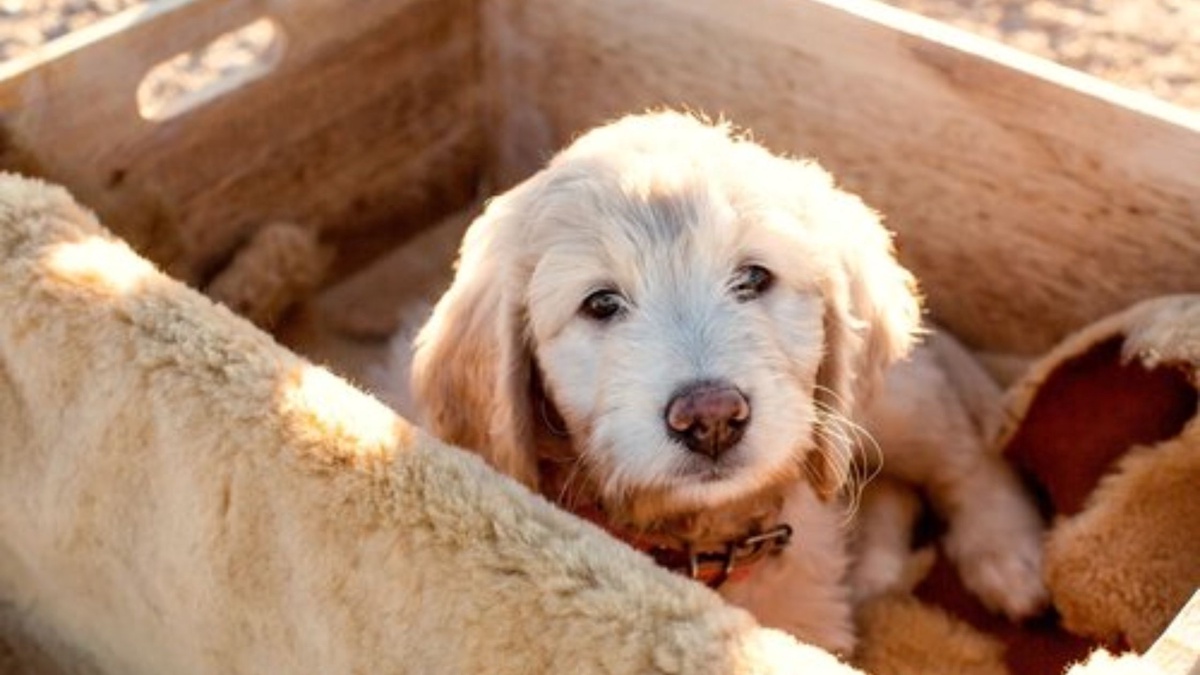As the popularity of doodle breeds continues to soar, prospective owners are often intrigued by the fascinating world of doodle genetics. From coat colors and textures to size and temperament, understanding the genetic principles behind doodle breeding can help individuals make informed decisions when selecting their furry companions. In this blog post, we'll explore the intricate world of doodle genetics, with insights from a reputable breeder based in California. If you are looking for quality doodle breeders in California, the following information will prove useful for you.
The Basics of Doodle Genetics:
At its core, doodle breeding involves crossing two distinct purebred parent breeds to create a hybrid offspring with desired traits. For example, a Goldendoodle is a cross between a Golden Retriever and a Poodle, while a Labradoodle is a cross between a Labrador Retriever and a Poodle. Each parent contributes specific genes that determine various aspects of the offspring's appearance, temperament, and health.
Coat Colors and Textures:
One of the most intriguing aspects of doodle genetics is coat color inheritance. Doodles can exhibit a wide range of colors, including golden, cream, chocolate, black, apricot, and parti-color (a combination of two or more colors). The specific coat color of a doodle puppy is determined by the combination of genes inherited from its parents. For example, a puppy with one black parent and one cream parent may inherit the gene for black coat color from one parent and the gene for cream coat color from the other, resulting in a black or dark-colored puppy.
In addition to coat color, doodles can also inherit different coat textures, such as curly, wavy, or straight. The texture of the coat is influenced by genes that control the production of keratin, a protein found in hair follicles. While Poodles typically have curly or wavy coats, Golden Retrievers and other breeds may have straighter coats. The combination of these genes in doodle offspring can result in a wide variety of coat textures, from tight curls to loose waves.
Size and Structure:
Another important aspect of doodle genetics is size and structure. Doodles come in a range of sizes, from miniature to standard, depending on the size of their parent breeds and the specific breeding program. Miniature doodles are typically bred from smaller parent breeds, such as Miniature Poodles or smaller varieties of Retrievers, while standard doodles are bred from larger parent breeds, such as Standard Poodles or larger Retrievers.
The size of a doodle puppy is influenced by a combination of genes that control growth and development. By selecting parent breeds with compatible sizes and desirable traits, breeders can produce offspring that fall within the desired size range. However, it's important to note that genetics is not the only factor that determines size—nutrition, environment, and other factors also play a role in a puppy's growth and development.
Temperament and Behavior:
Temperament is another crucial aspect of doodle genetics, as it determines the personality and behavior of the offspring. Both parent breeds contribute genes that influence temperament, including traits such as intelligence, trainability, sociability, and energy level. For example, Poodles are known for their intelligence and hypoallergenic coat, while Golden Retrievers are prized for their friendly and outgoing nature.
By carefully selecting parent breeds with compatible temperaments and desirable traits, breeders can produce doodle puppies with well-rounded personalities and good behavior. Early socialization and training also play a significant role in shaping a doodle's temperament, helping them develop into confident, well-adjusted companions.
Health Considerations:
Finally, health considerations are paramount in doodle breeding, as certain genetic traits can predispose dogs to specific health issues. Responsible doodle breeders in California conduct genetic testing on their parent dogs to screen for hereditary conditions such as hip dysplasia, elbow dysplasia, progressive retinal atrophy (PRA), and von Willebrand's disease.
By selecting parent breeds with good overall health and clear genetic test results, breeders can minimize the risk of passing on hereditary conditions to their offspring. Additionally, providing proper nutrition, veterinary care, and regular exercise can help maintain the health and well-being of doodle puppies as they grow and develop.
Final words
Navigating the world of doodle genetics requires an understanding of the complex interactions between genes and traits. By working with reputable doodle breeders in California who prioritize health, temperament, and responsible breeding practices, prospective owners can find the perfect doodle companions to enrich their lives for years to come.
If you are contacting a doodle breeder in Ventura County to adopt a puppy, it's important to discuss these factors in beforehand. Look for breeders who prioritize health testing, socialization, and ethical breeding practices, and communicate openly with them to ensure they meet your criteria for a reputable breeder who prioritizes the well-being of their dogs and puppies.


No comments yet